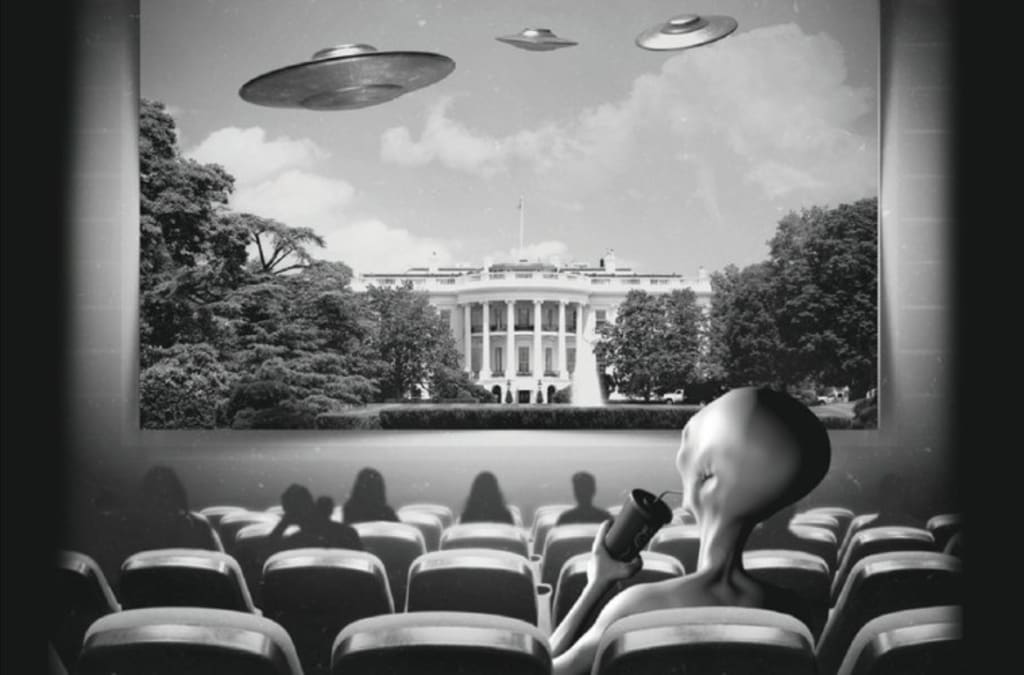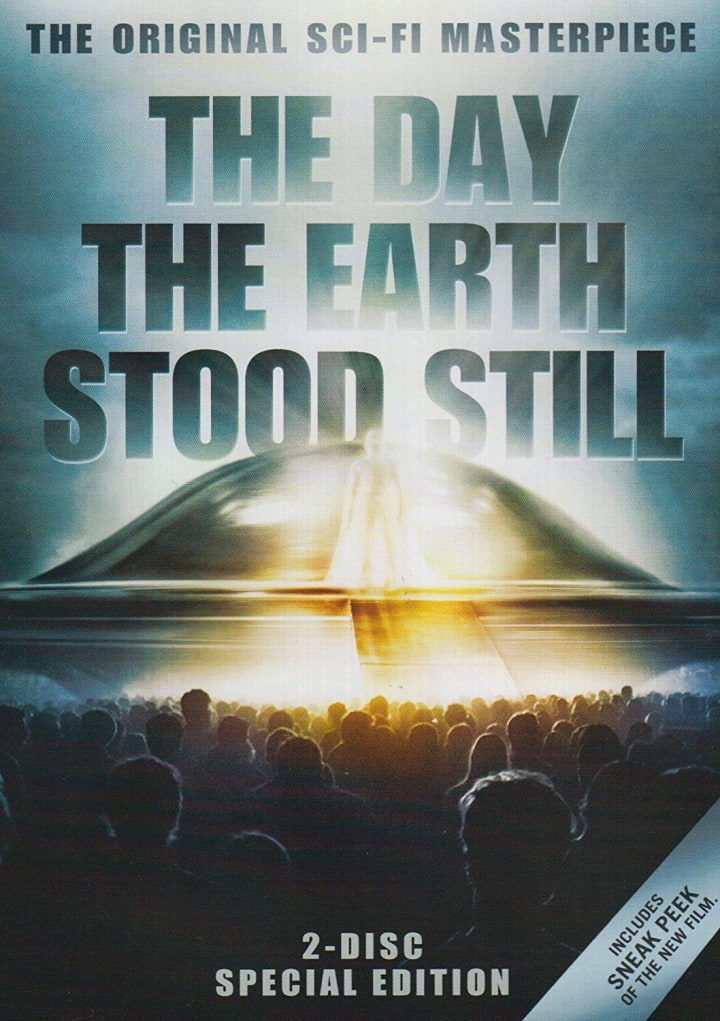Review: 'Silver Screen Saucers'
Robbie Graham's book explores nearly seven decades of UFOs on screen.

2017 marked seventy years of the modern UFO phenomenon began with the sighting of pilot Kenneth Arnold and the still controversial events at Roswell, New Mexico. For much of time (indeed beginning within just a few years), Hollywood has made use of it to tell everything from 1950s B-movies to some of the biggest hits of all time. Taking in the width and breadth of these “silver screen saucers” is writer Robbie Graham whose 2015 book of the same name explores this sometimes murky mix of fact and fiction.

The 1951 film The Day The Earth Stood Still is among the films covered by Graham in the book.
Up front, those expecting perhaps yet another book on the subject of UFOs are likely to be in for a disappointment. This book isn't interested in proving who or what is behind it though Graham does dedicate a bit of time to explore how films and TV shows have explored those possibilities. Instead, Silver Screen Saucers is perhaps more of a media studies book that looks at the evolution of the phenomenon in the public consciousness through popular culture. Indeed, by looking at everything from early UFO-related films such The Flying Saucer (1950) and The Day The Earth Stood Still (1951) to 1990s TV shows such as The X-Files or Dark Skies to more recent films such as the Transformers franchise at how the narratives surrounding them has changed.
One of the highlights of the book as well as Graham's look into the conspiratorial claim that Hollywood has been used to seed the idea of alien contact (or “disclosure” to use the more modern term). Graham dedicates an entire chapter to the notion looking at the making of films such as the aforementioned The Day The Earth Stood Still (and alleged CIA involvement in its making) the Pentagon's refusal to assist in the making of 1996 blockbuster Independence Day due to its use of UFOlogical elements to its about-face with support for films such as Battle: Los Angeles (2011) and Battleship (2012). Rather than a conspiracy, Graham notes the schizophrenic attitude that Hollywood and indeed the military has shown in regards to UFOs and their treatment on screen. Though, as Graham notes in a later chapter, given the work of intelligence agencies in the 1980s to spread disinformation in the UFO community (detailed further in the book Project Beta and the book/documentary Mirage Men), perhaps this isn't as much of a surprise as one might expect.

The 1996-97 NBC series Dark Skies whose production was apparently targeted by the Office of Naval Intelligence according to its creators.
Elsewhere, the book explores how different areas of the UFO question have been explored on screen. These include the theories of Ancient Aliens which explores the origins of the idea but also how it has influenced everything from the History Channel series of the same name to films like 1980s Hangar 18 (which also touches upon conspiracy theories of a UFO cover-up) and the Stargate franchise. There's also a chapter on the phenomenon of abductions/experiences on how pop culture touched upon the themes years before it came to the fore in the 1980s and also features a highly intriguing set of brief interview extracts with experiences on how they feel about the depiction on screen. The book concludes with a look at films and TV shows that explore the idea of a cover-up through the lens of the 1994 Roswell TV movie and the 1996-97 series Dark Skies, the latter of which exploring an apparent attempt to infiltrate the production by figures claiming to work for the Office of Naval Intelligence according to its creators. Graham leaves virtually no stone unturned along the way, making this is a fascinating read the entire way through.
With its mention of countless films and TV shows along the way, both well known and obscure, Silver Screen Saucers is a fascinating journey into Hollywood as much as flying saucers. As Graham points out, they have perhaps done more to influence our thoughts about the phenomenon and its implications than any other media. They act as time capsules, capturing our hopes and fears of what it might all mean. For anyone with an interest, the book is well worth a read for that reason alone.
About the Creator
Matthew Kresal
Matthew Kresal was born and raised in North Alabama though he never developed a Southern accent. His essays have been featured in numerous books and his first novel Our Man on the Hill was published by Sea Lion Press in 2021.
Enjoyed the story? Support the Creator.
Subscribe for free to receive all their stories in your feed. You could also pledge your support or give them a one-off tip, letting them know you appreciate their work.







Comments
There are no comments for this story
Be the first to respond and start the conversation.